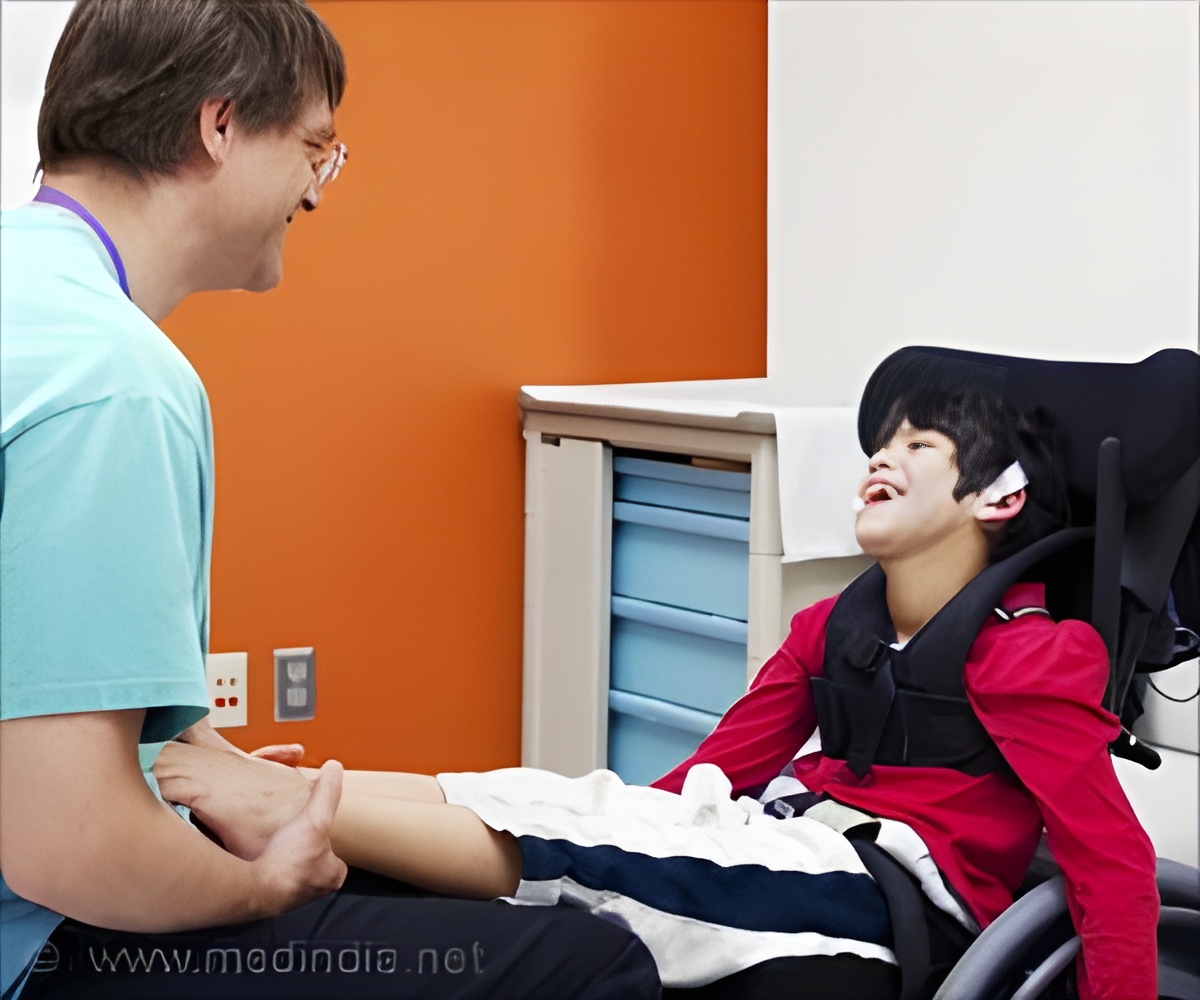In the U.S. health care system, consumer price comparison is almost nonexistent.

The study, published in the September issue of Annals of Surgery online, shows that providing pricing information upfront can influence patient choice of surgical procedures and potentially lead to cost savings in health care, a sector of the economy that accounts for more than 17 percent of the U.S. Gross Domestic Product, says Eric R. Scaife, M.D., senior author, associate professor of surgery and chief of pediatric surgery at the University of Utah (U of U) School of Medicine.
"Unlike other areas of the U.S. economy where it's typical for people to compare prices before purchasing, health care consumers seldom know what they'll pay for a procedure, meaning they have no basis for comparing costs," Scaife says. "But our research found that when they have the information, consumers want to be in on health care decisions and that cost can influence what they choose when procedures are equally effective and have similar outcomes."
Laparoscopy leaves smaller scars and in some cases reduces the chance of infection at the incision site, and for these reasons is the preferred procedure by most surgeons performing appendectomies. Nevertheless, in children with uncomplicated appendicitis the outcomes and safety of laparoscopy are comparable to an open operation. This makes pediatric appendectomy a perfect model to study how cost might influence patient behavior; for while the outcomes are similar, laparoscopy is considerably more expensive than the open operation.
Scaife, and his U of U and Primary Children's Hospital colleagues, including first author and surgical resident Katie W. Russell, M.D., conducted the research with patients who were seen for suspected acute, uncomplicated appendicitis at Primary Children's Hospital in Salt Lake City between July 29, 2012, and Feb. 28, 2013. A total of 275 children were seen at the hospital for appendicitis during that period, of which 175 were excluded because they didn't meet study criteria, leaving 100 patients in the study.
Among the study group, 49 children and their parents were given pricing information and told that open surgery – the traditional procedure performed with a scalpel – averaged $2,172 less than laparoscopy at the hospital. The patient and parents then were asked to choose between the two procedures. The remaining 51 patients were not shown the cost information before being asked to choose which operation they wanted.
Total median charges, including operative materials, hospital stay, anesthesia and surgery, averaged $1,554 less for open operations than laparoscopy. Among the patients who were exposed to cost information, some of which chose laparoscopy, the average total median expenses were $528 less than the group not told about prices.
"Cost-saving measures are important to me when it doesn't impact the safety of the patient," one respondent said.
The vast majority of respondents, 90 percent, said they liked having a choice in their health care, while only 3 percent would have preferred not to be given a choice. Lower median-income families were more likely to choose the open procedure than those of higher median incomes, but after accounting for the income difference, patients and parents exposed to the cost information still were 1.7 times more likely to choose the open procedure. Health insurance status appeared to play no role in the procedure choice.
As the United States grapples with what many believe is a crisis of spiraling health care costs, this study, while focused on one hospital and 100 patients, shows that when health care consumers are given pricing information, they will take costs into account. But cutting costs also depends on providers being aware of prices – in many cases they're not – and working with patients to provide options.
First author Russell believes the results of this study show that patient participation can be an important aspect of health care and reducing costs. "I was most impressed that patients and their families can participate in making their health care decisions, and that, in fact, they enjoyed participating at this level."
Source-Eurekalert
 MEDINDIA
MEDINDIA



 Email
Email





